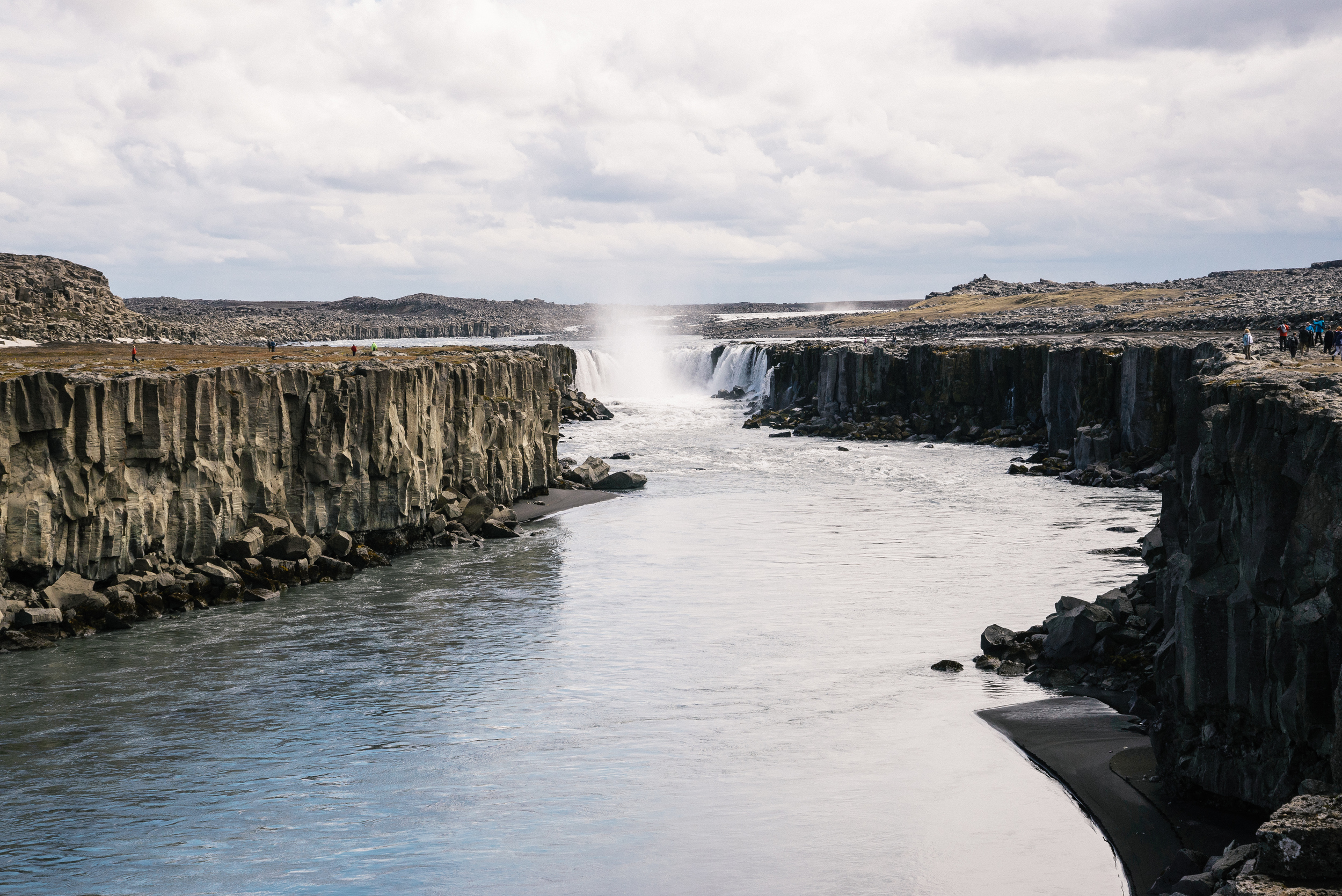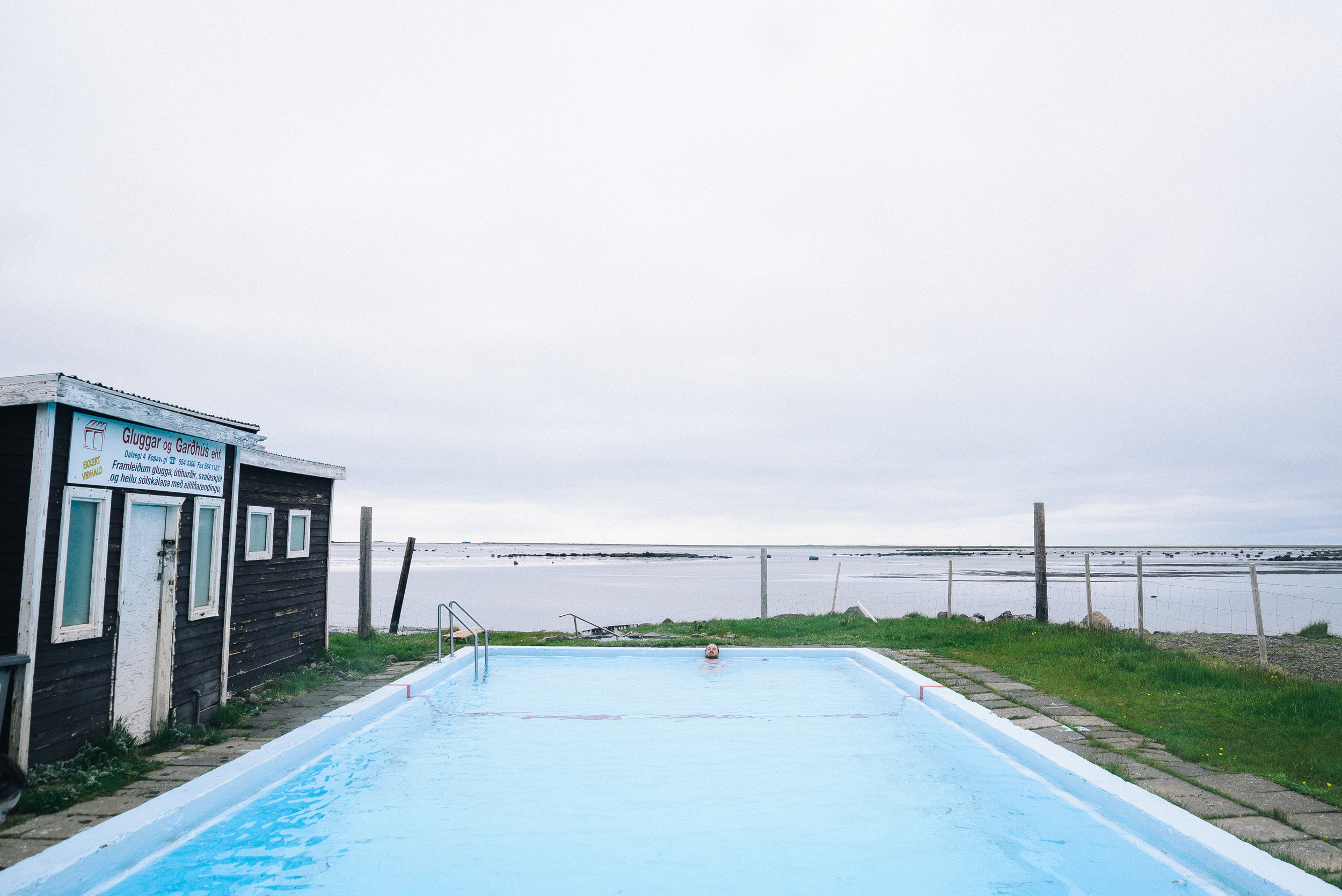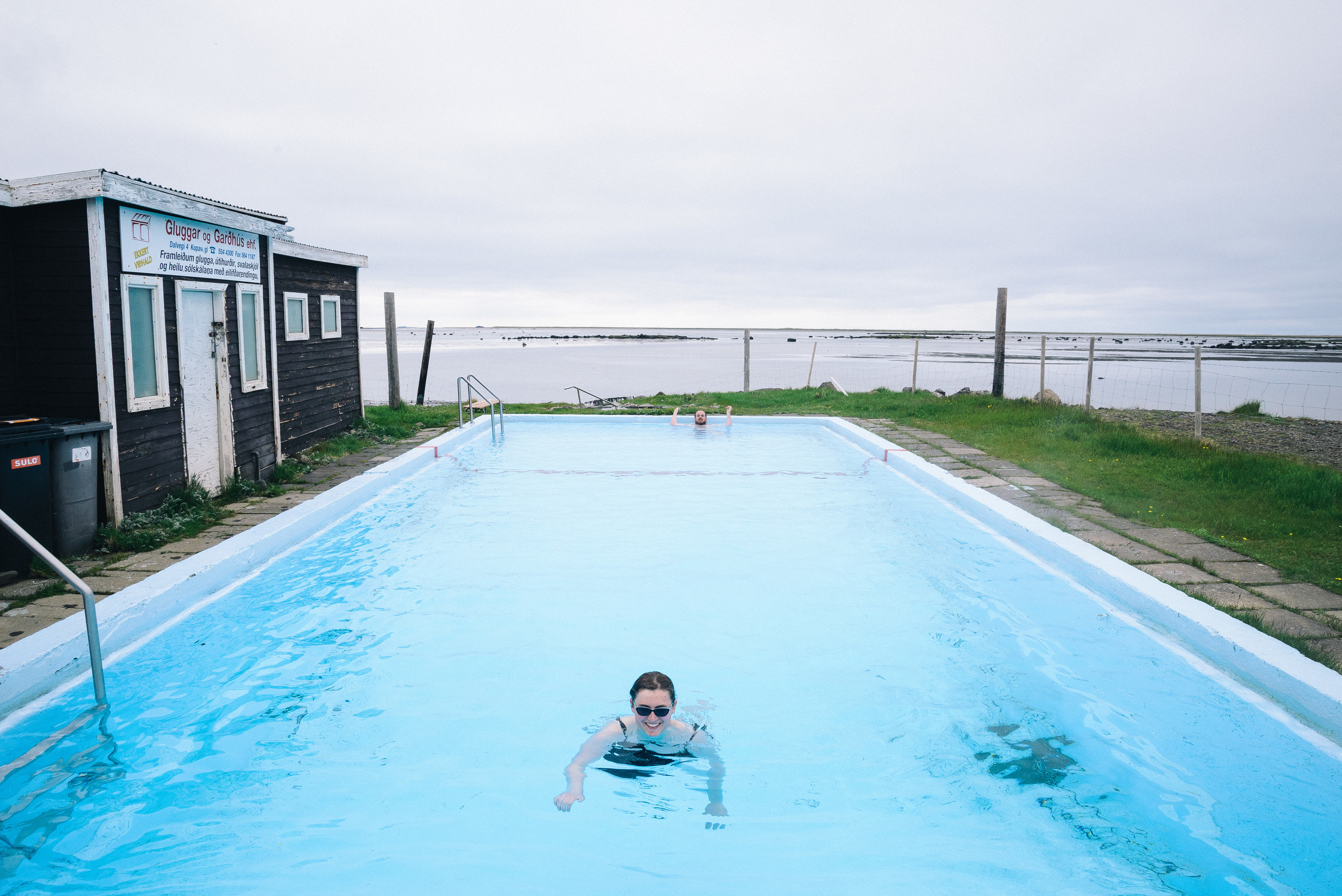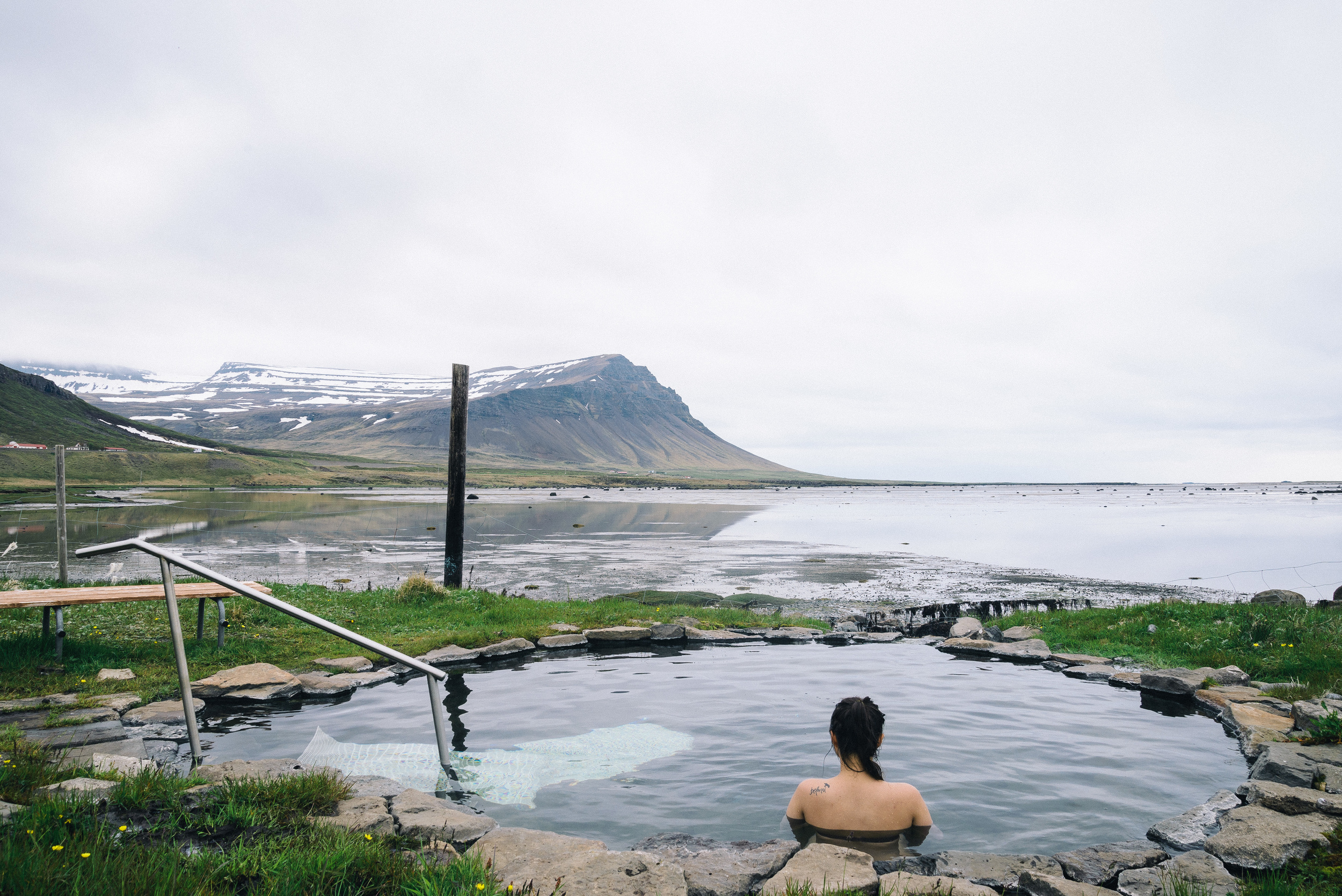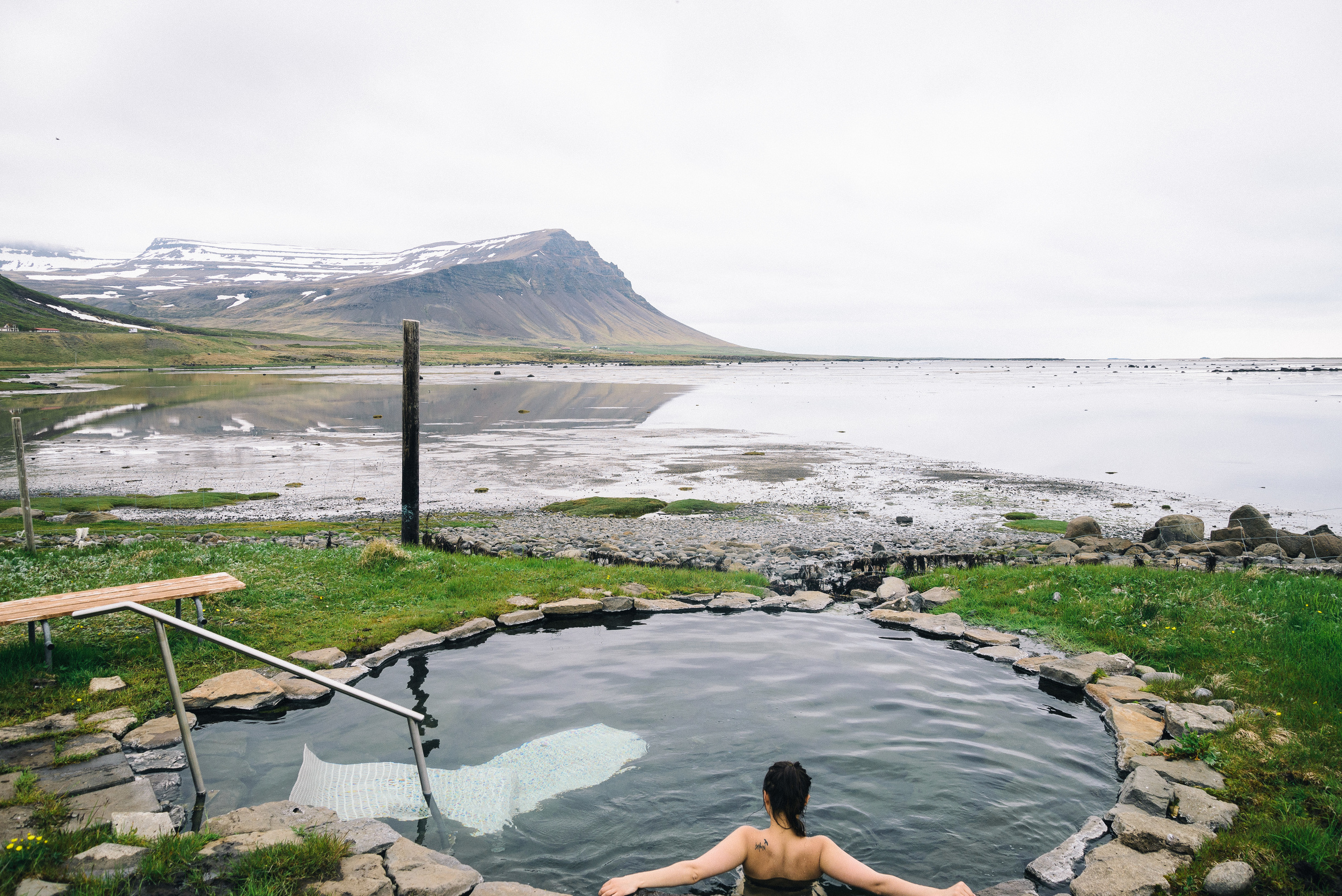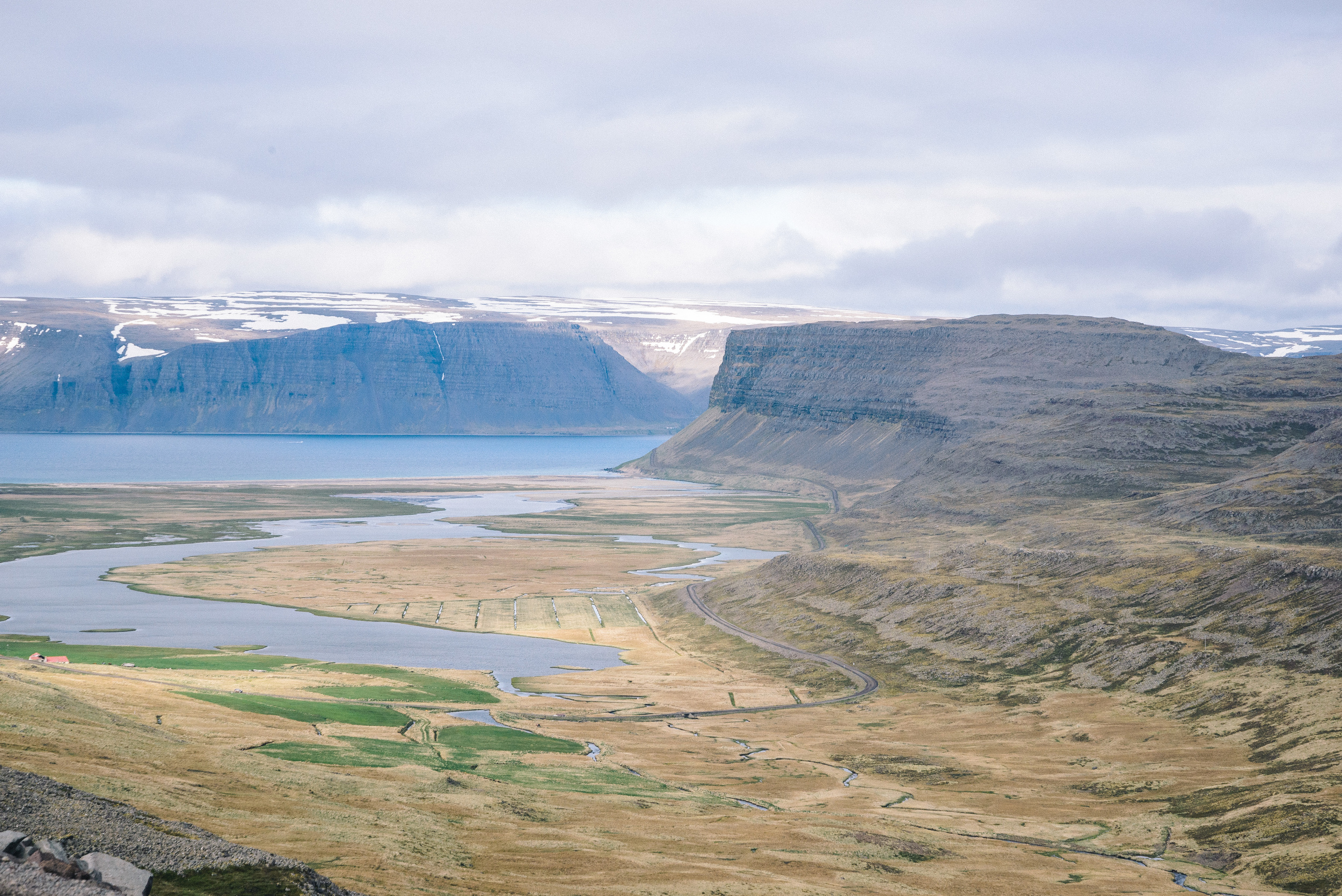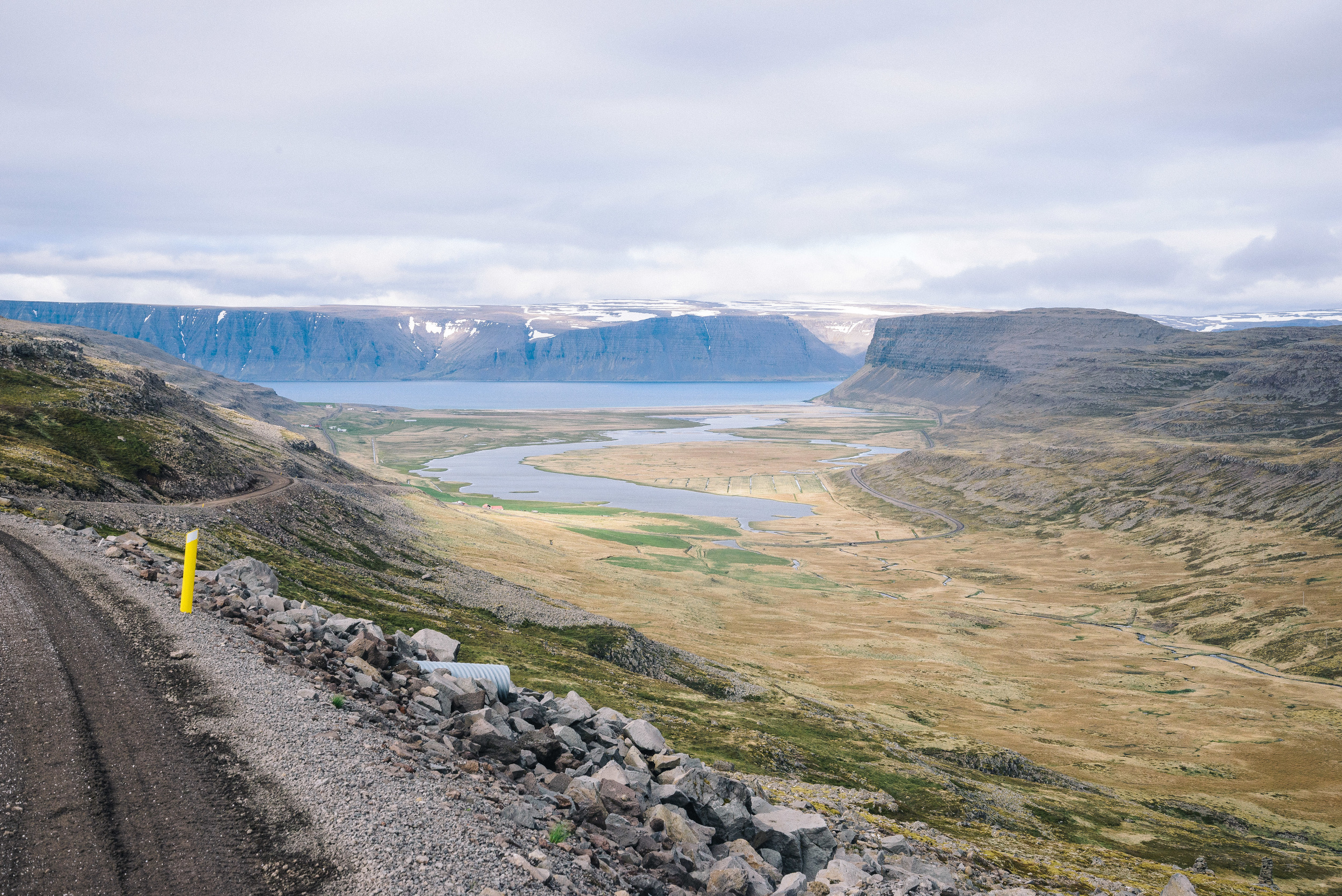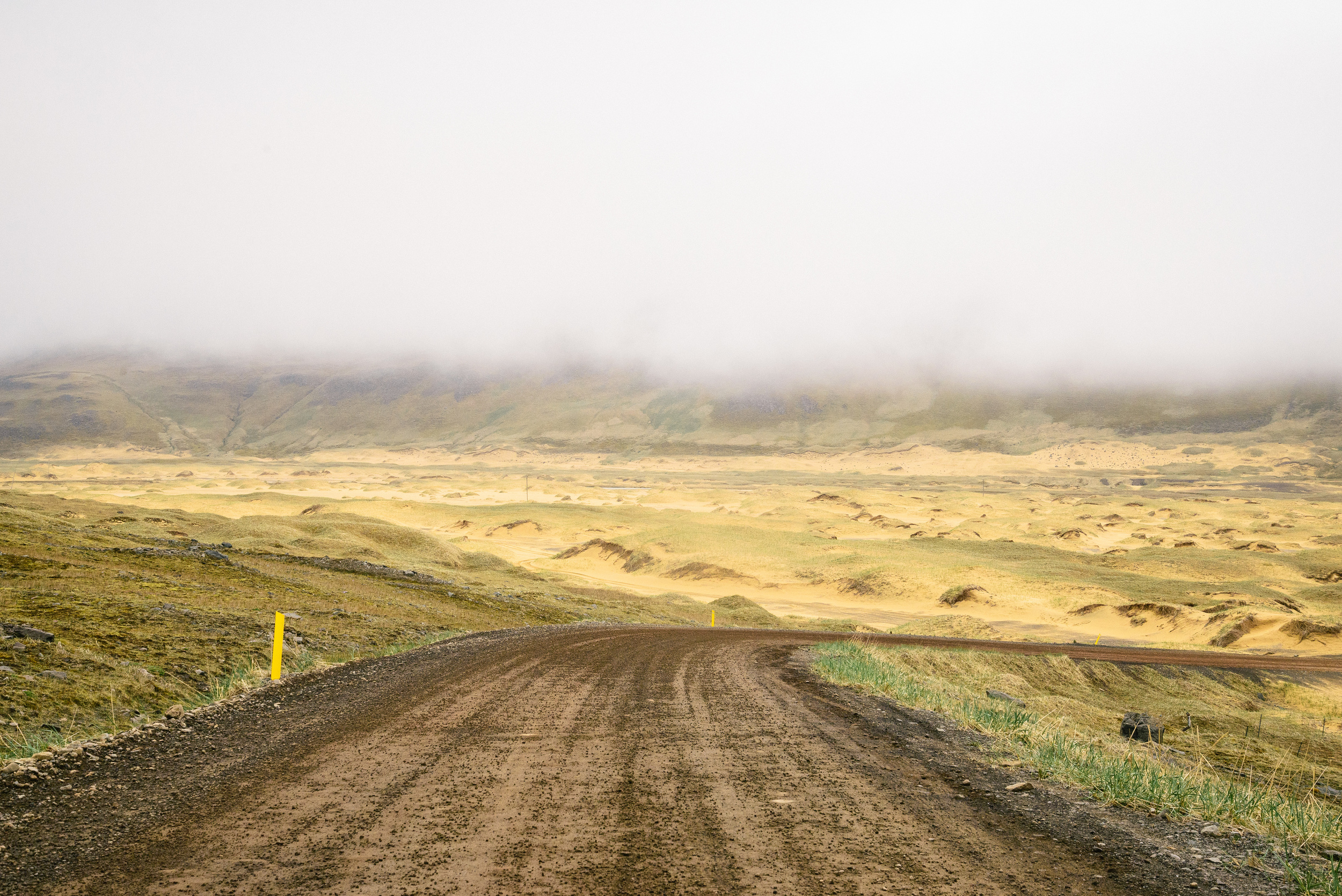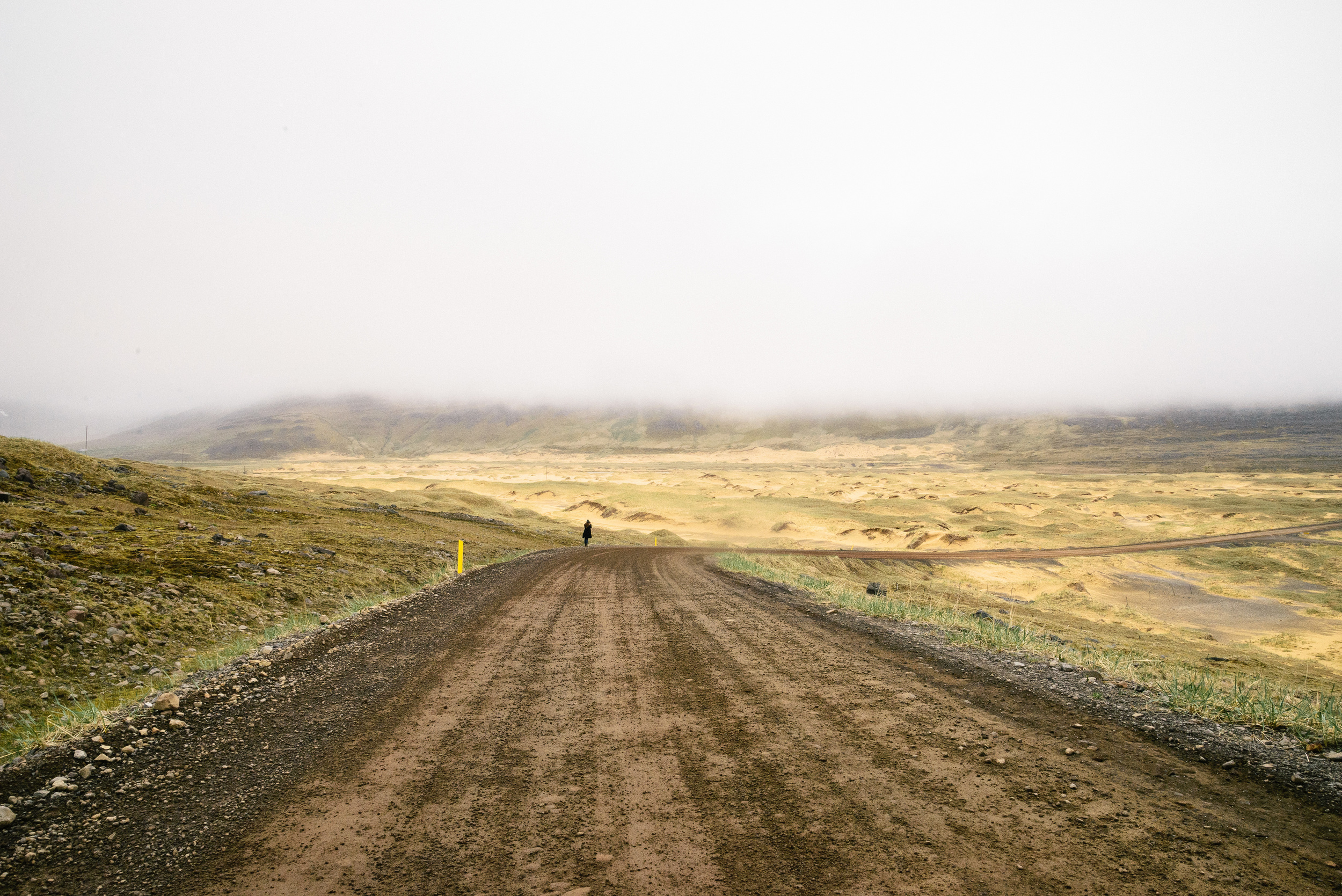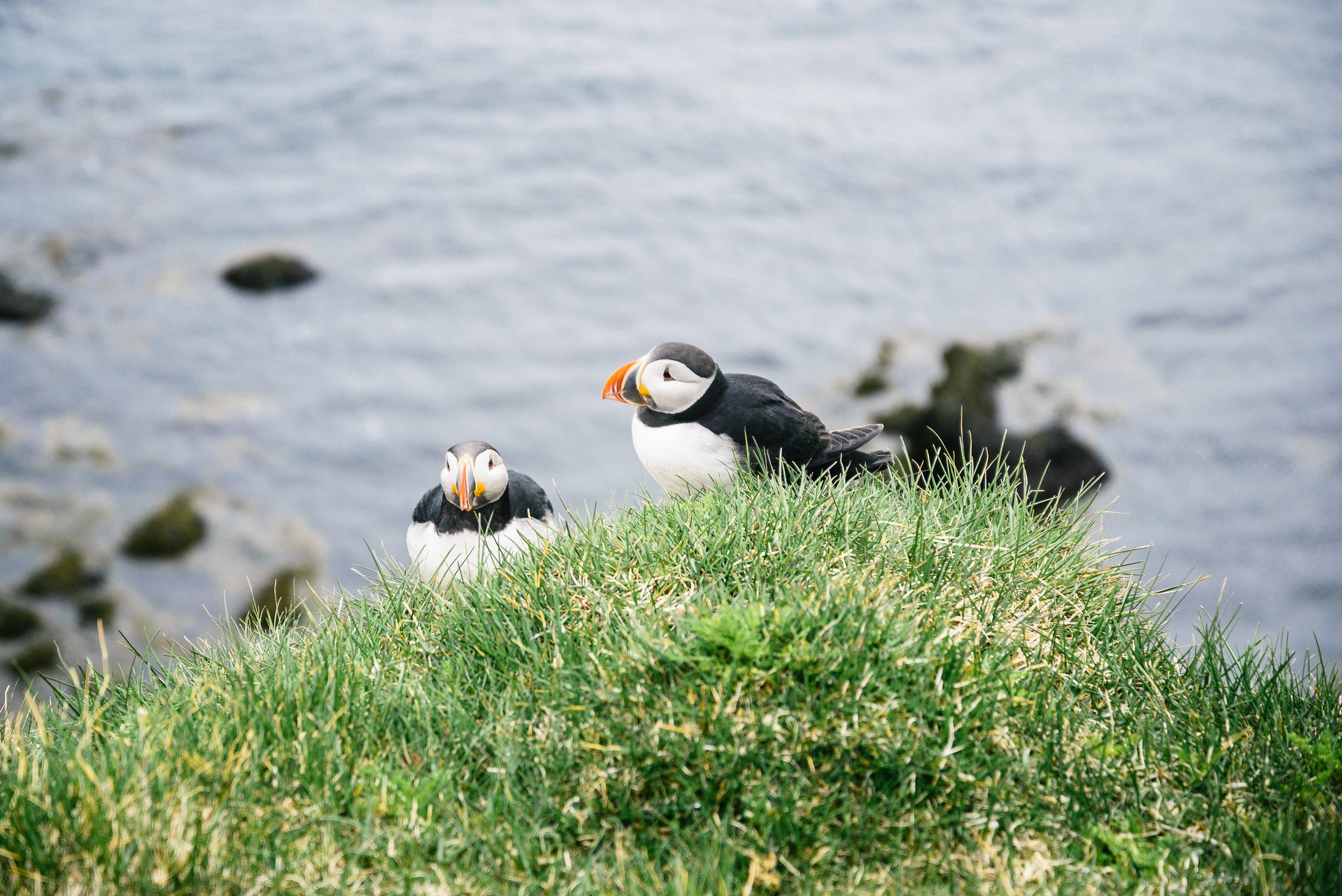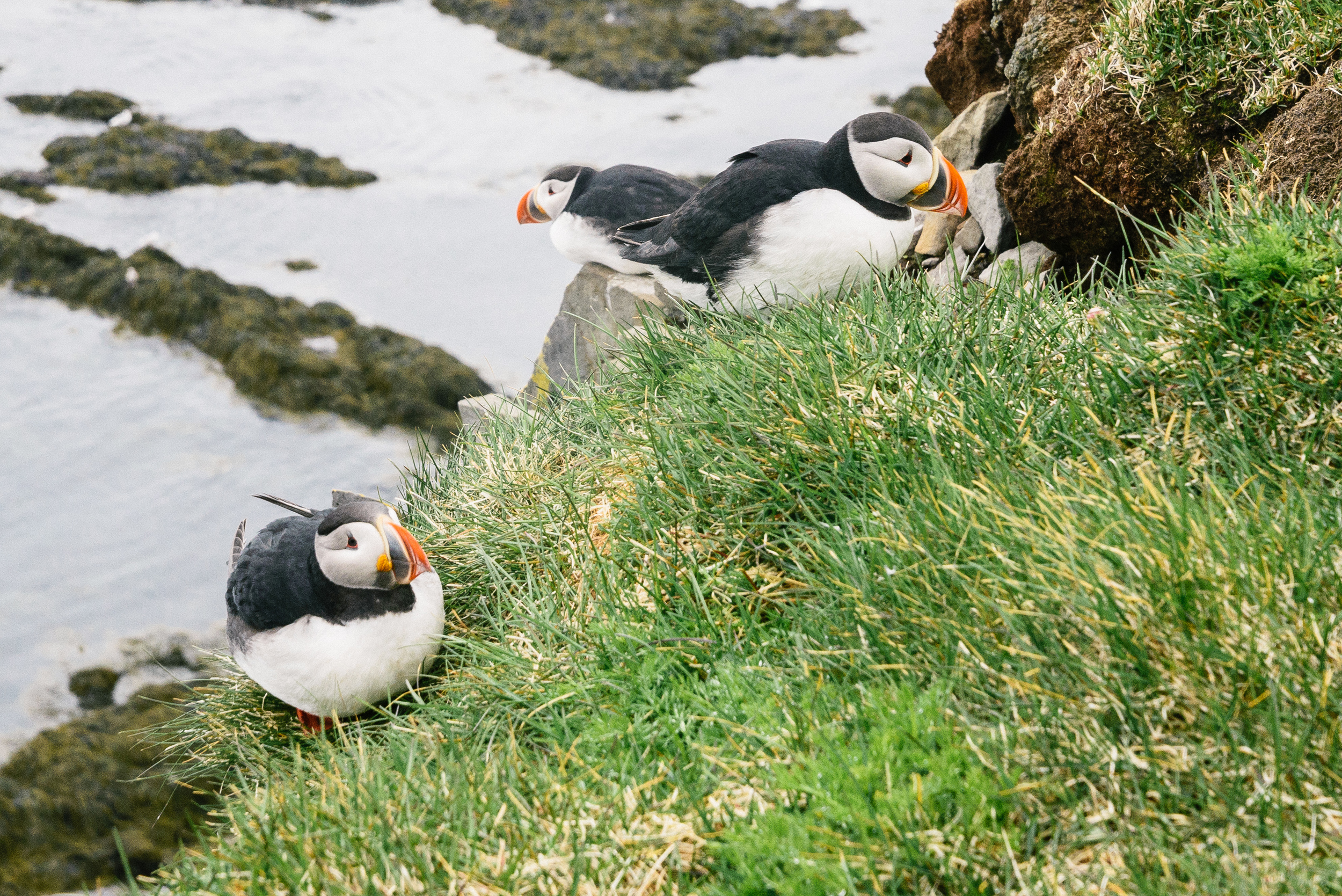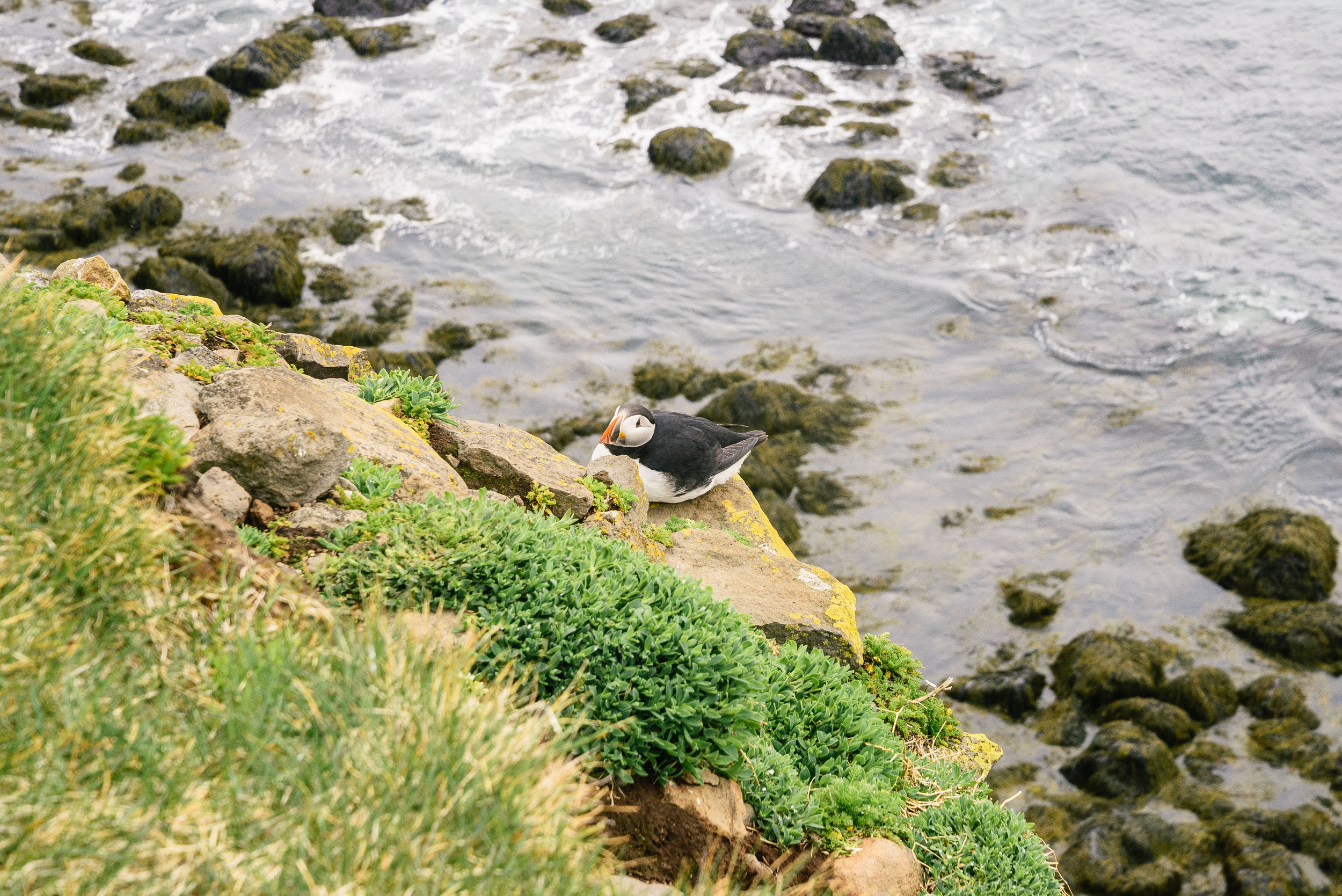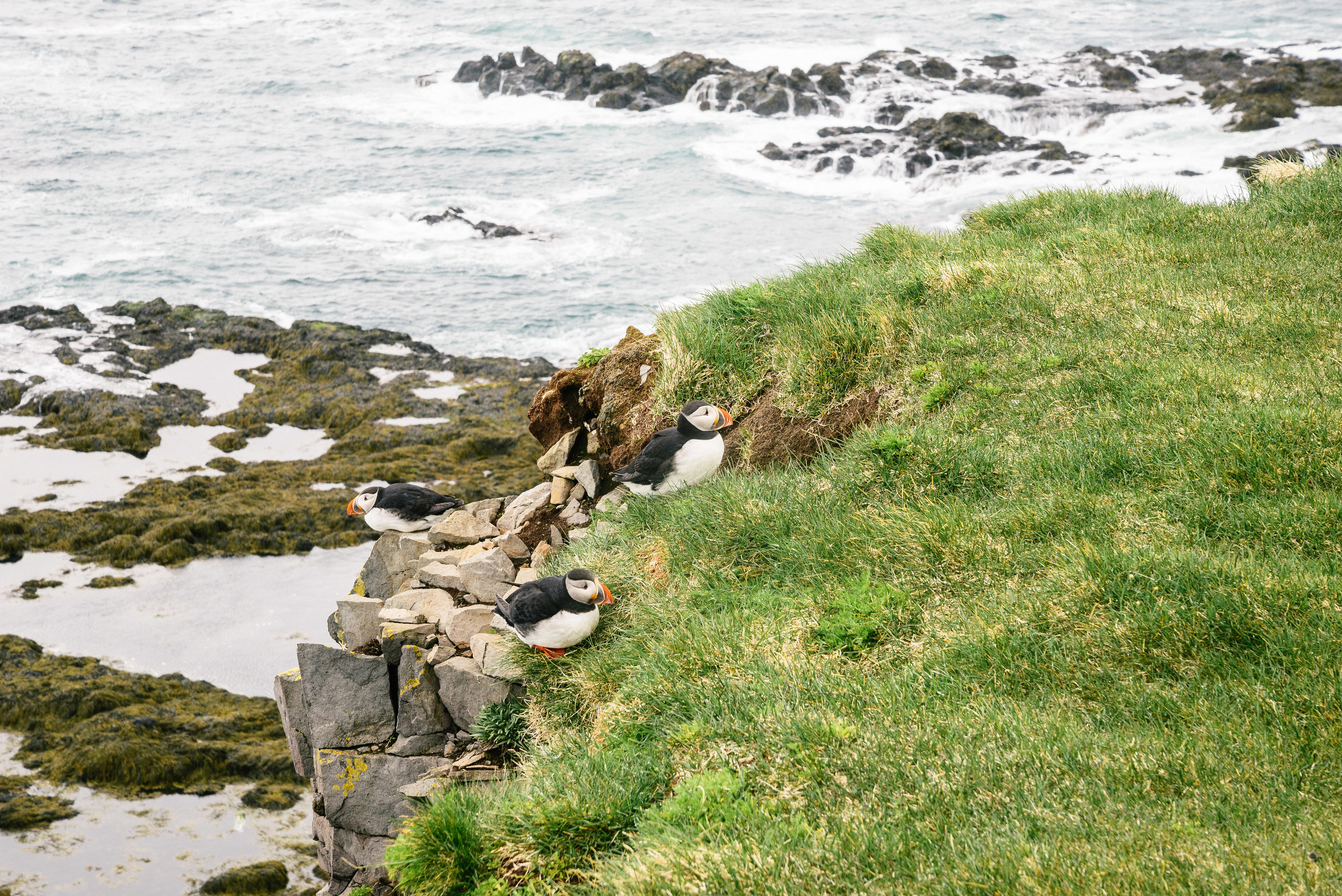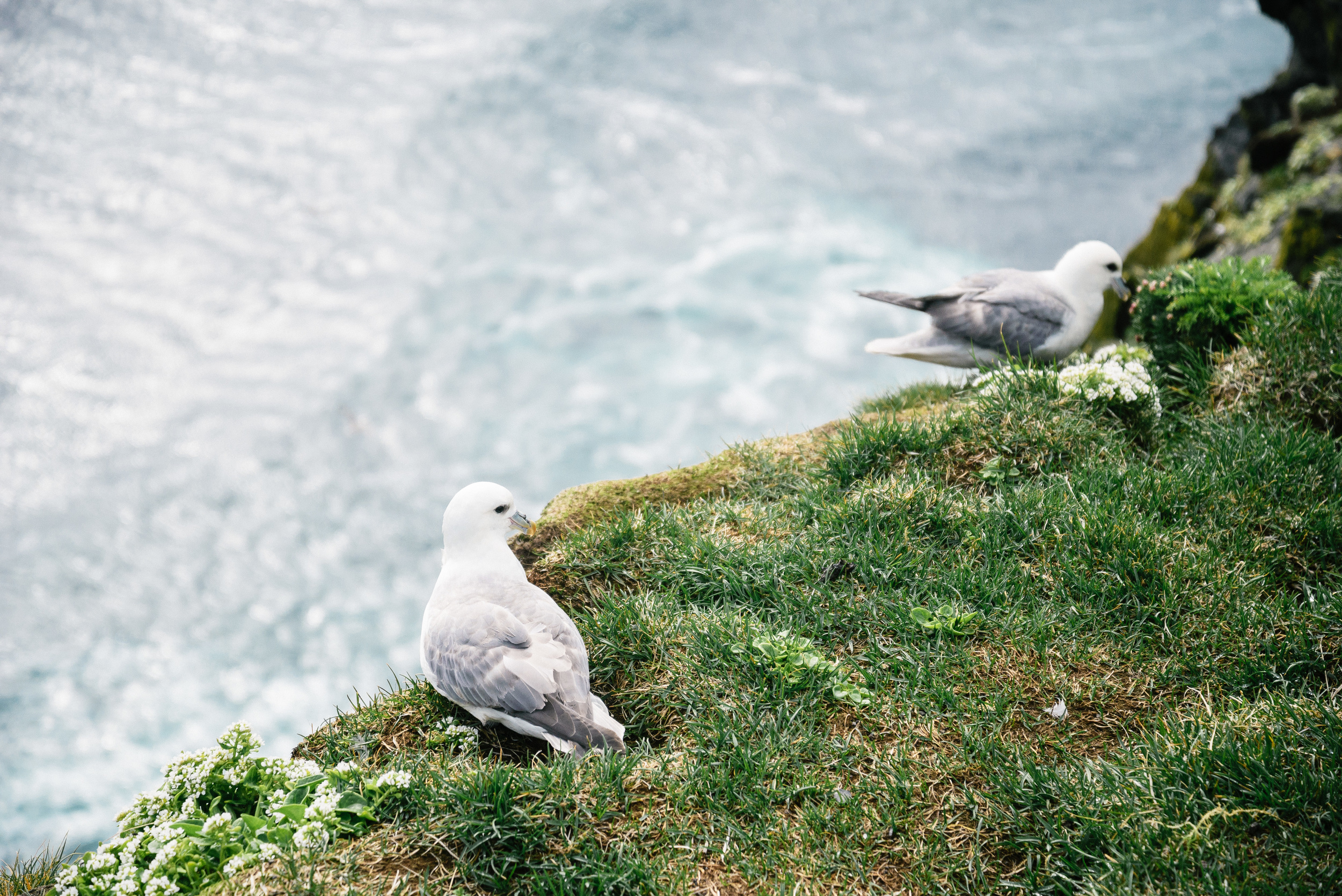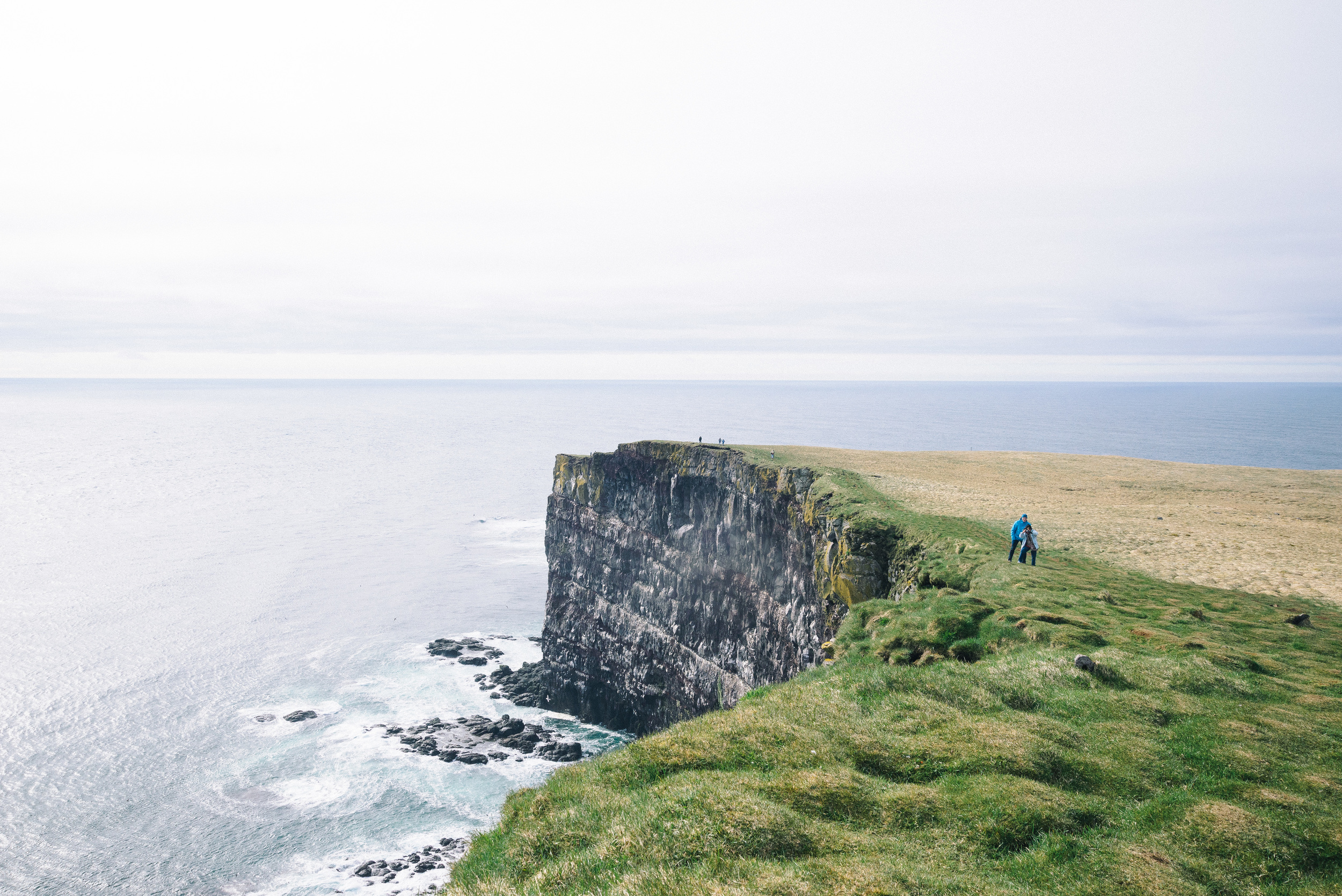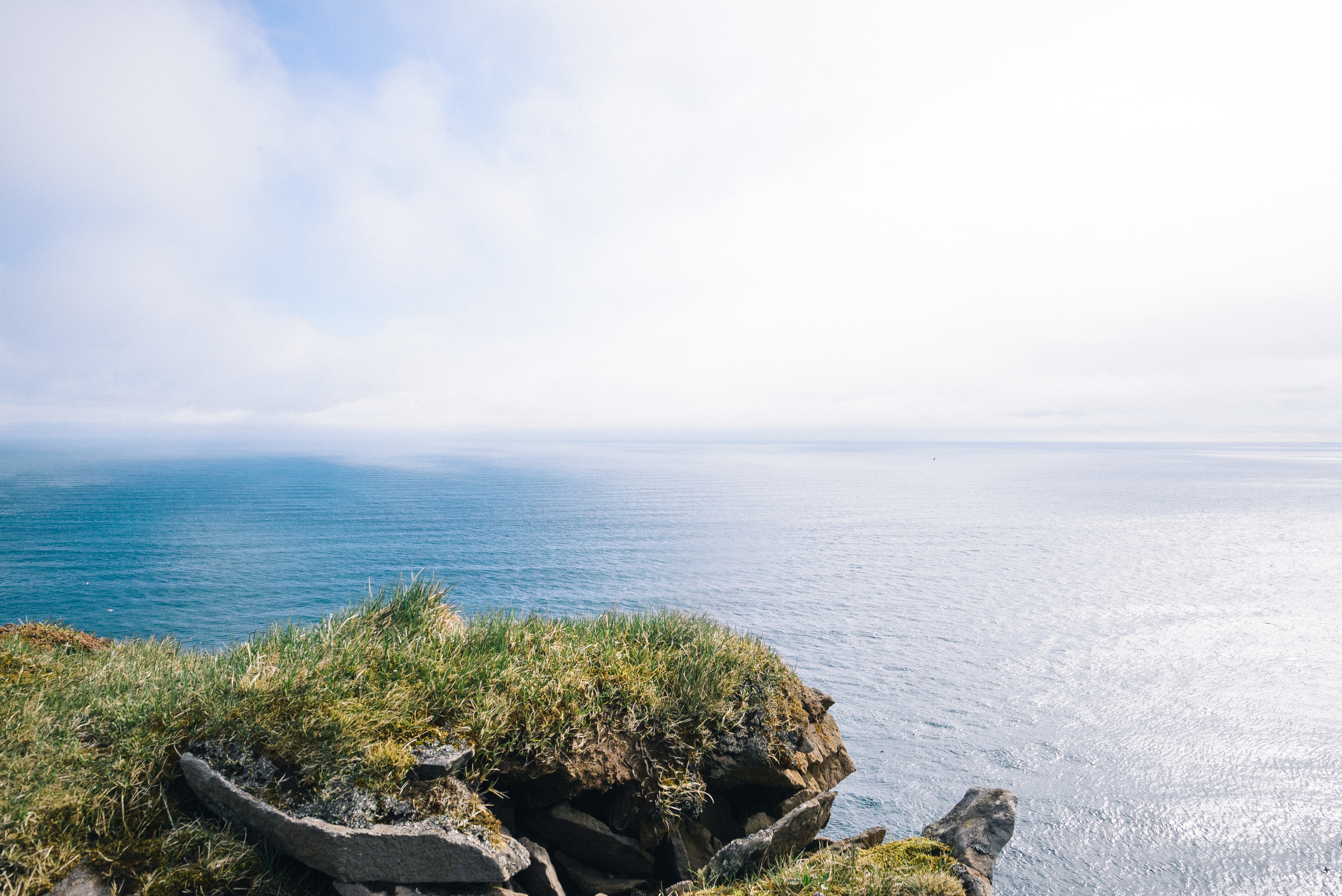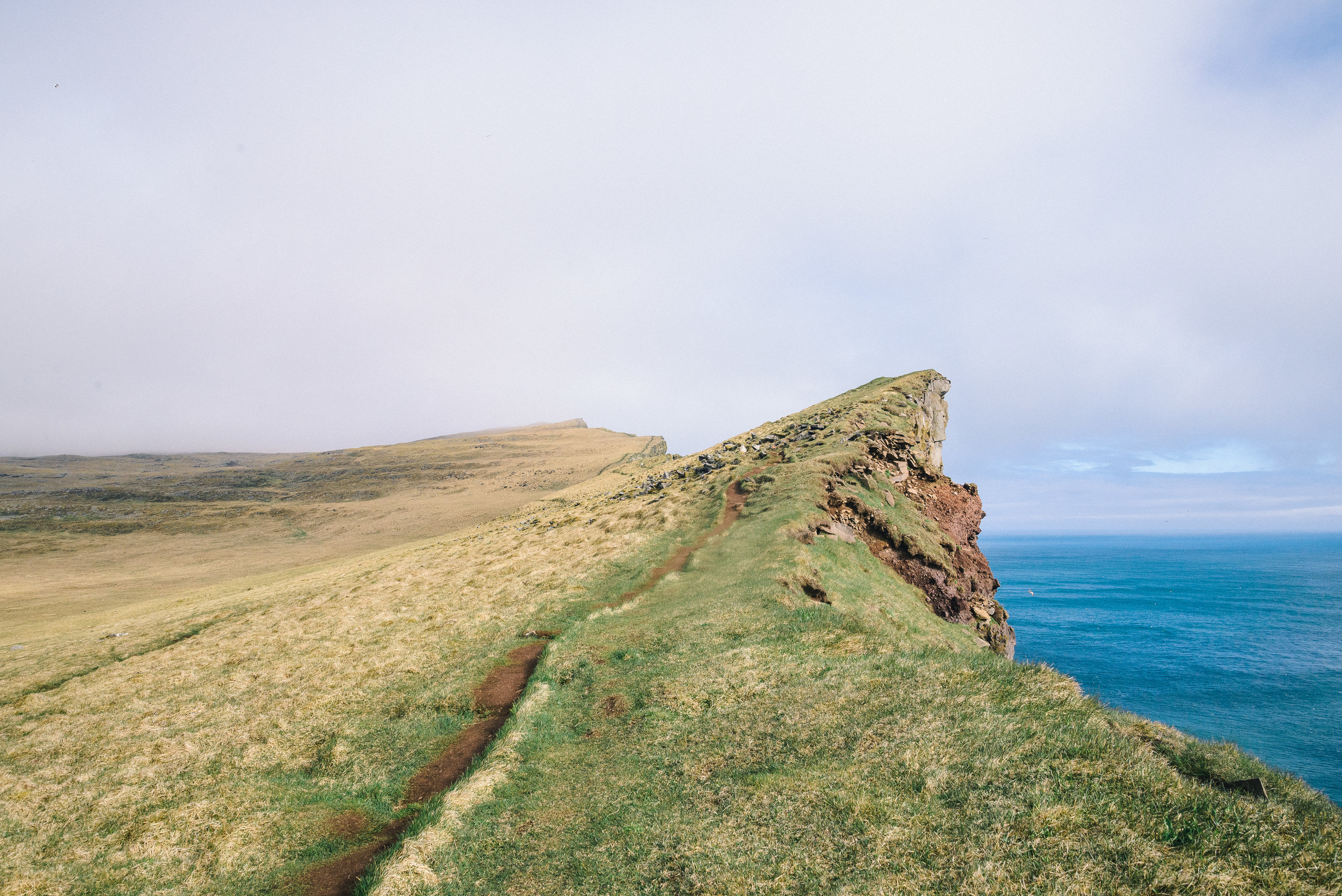In the last two blog posts, I have been describing my journey with good friends around the "ring road" in Iceland. I left off in the East of Iceland, where our car broke down and we stayed a lot longer than anticipated.
We then hurriedly continued our trip, which we had to cut short a little. We made a whistlestop visit to Europe's most powerful waterfall, Dettifoss:
From here our route took us through the fishing village of Húsavik, the beautiful town of Akureyri, the biggest town in the north, where we stopped with some friends for a few nights, and then through some more pretty fishing villages at Ólafsfjörður, Siglufjörður, and the stunning infinity outdoor thermal pool at Hofsós. Regrettably, I have no photos from this stretch. I will have to return and do a feature on the north of Iceland sometime soon, it really is incredible.
My photo blog picks up again as we departed from the well-worn tarmac of Route 1, as it misses out a part of Iceland which really is un-missable.
The West Fjords are the remotest part of Iceland. On the map they look a little like antlers or the fire breathing head of a fat, stumpy dragon. The area is made up of a multitude of fjords cutting, long watery incisions into the landscape at every possible opportunity. This makes for long road trips as the road often winds its way around the whole of the fjord without a crossing point. The length of time it takes to drive out to any significant settlements adds to that feeling that you really are in a remote part of earth.
Our Westfjords adventure started with an overnight stay in a village called Borðeyri, a place which is really just a collection of neglected-looking houses and workshops, and has a population of just 25. It is right at the end of a long, eerie fjord called Hrútafjörður. We stayed the night at a place we discovered online after realising we wouldn't make the whole journey from Akureyri to our next desination at Barðaströnd in one day. The Tangahús guesthouse didn't look too promising from the outside, BUT was a wonderful, clean and cosy little place on the inside. More evidence, if you need it, that you should never judge a book by its cover. It was on a little parcel of land that jutted out into the fjord, and therefore had this amazing view:
View from Borðeyri
After a restful night's sleep we began what was a magnificent day's driving. After a few hours, the drama of the Westfjords truly opens up. Our trip took us along the southern part of the fjords, on a day in which we saw no less than 12 fjords in one day. The road curves and winds, ascends and descends, with some parts surfaced and other parts just dirt tracks. They are gradually surfacing this whole route and putting crossings at the entrances to the fjords in places to cut the journey time. But adventure is being sacrificed for convenience, as so often happens in our increasingly shrinking world. I know that in a few years that feeling of driving down remote, dirty roads with a dust cloud behind you and not a tourist in sight will be a fading memory, so I decided to enjoy it while it lasts.
We eventually arrived at our destination, the summer house of some friends who kindly let us stay there for a few nights. It's located in the beautiful Barðaströnd area. Just two minutes walk from the house, right on the coast is the perfect little swimming pool. There are outdoor thermal swimming pools all around Iceland, waiting to be discovered, the quirkier the better. The pool is surrounded by a low chicken-wire fence, and during opening hours an honesty box is left for you to pay the admission charge of ISK 500. Just behind the pool is a natural hot pot, carved into the rock with stunning views over the fjord:
The following day was our only full day in the Westfjords, so we made the most of it by visiting the village of Patreksfjörður in the morning, about 40 minutes drive further on from where we were staying. The village is on the fjord of the same, and is titled after St Patrick of Ireland, who was the spiritual guide of the first settler in the area, Örlyggur Hrappsson.
From there we continued on towards the cliffs at Látrabjarg, through some beautifully moody low-lying cloud:
It takes a while to travel the dirt track to Látrabjarg, the road is narrow and precarious in places with quite a few potholes, and together with the low cloud, makes driving a challenge.
Látrabjarg is the westernmost point not only of Iceland, but of mainland Europe (excluding the Azores, the Portugese remote islands in the middle of the Atlantic). A little lighthouse perches precariously at this point, and for a few minutes we enjoyed being the westernmost people in the whole continent.
We shared this experience with a colony of puffins, for whom the Látrabjarg cliffs must be something akin to paradise.
The cliffs themselves are now my favourite spot in the whole of Iceland. It is Europe's largest bird cliff and at its peak rises a massive 440 metres from the crashing waves below. I can imagine that the original settlers would have been in awe and dread of these huge cliffs approaching from the sea, and is a most fitting gateway to Europe from the west. It was cold and very windy when we walked along there, but that is not unusual for Iceland. If you can get yourself to Iceland, then it is an imperative to make the effort to go to the Westfjords. Just keep it a secret between us, ok?
To purchase some of these photos or others, please check out the West Fjords page on this website:

